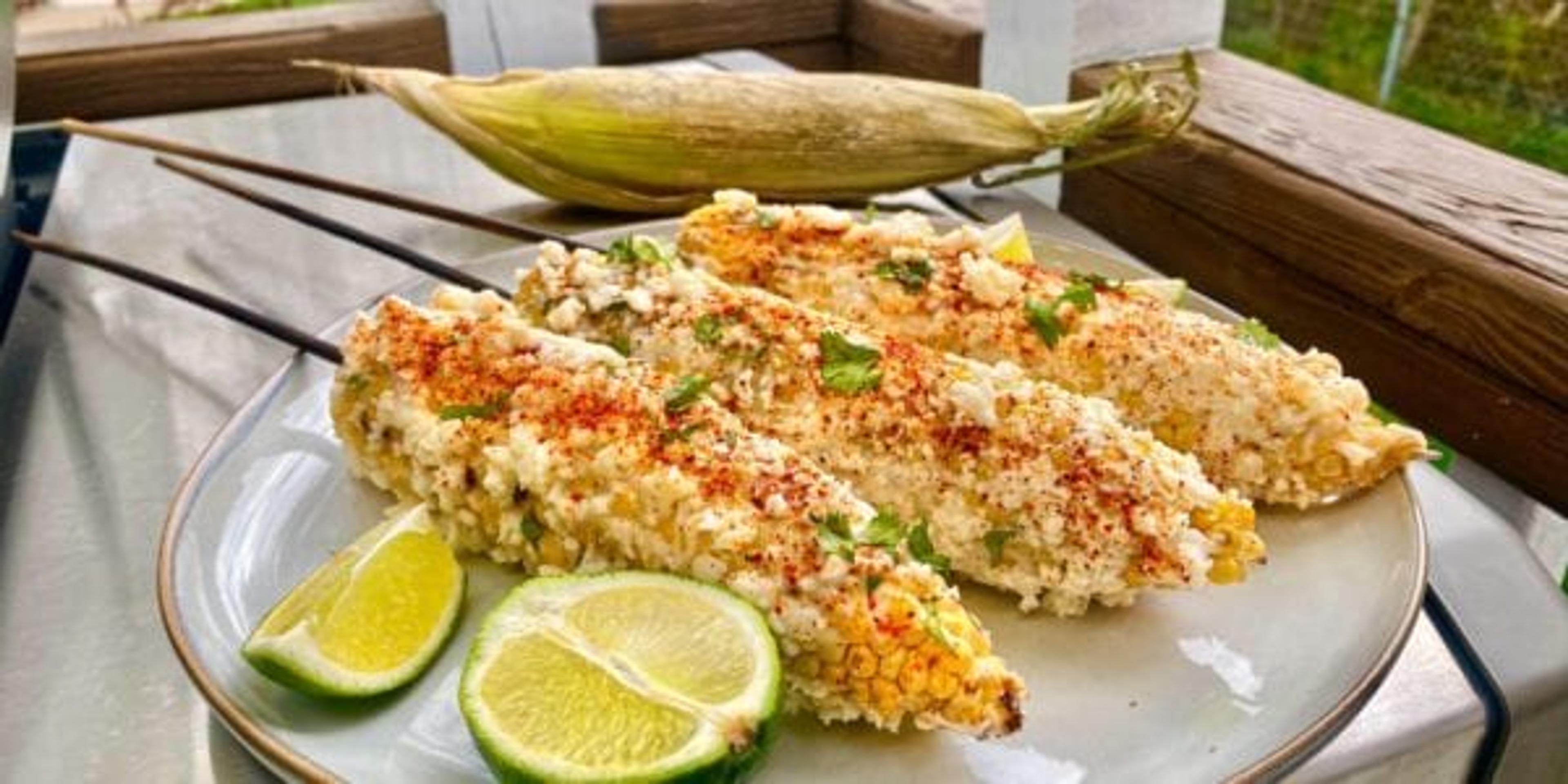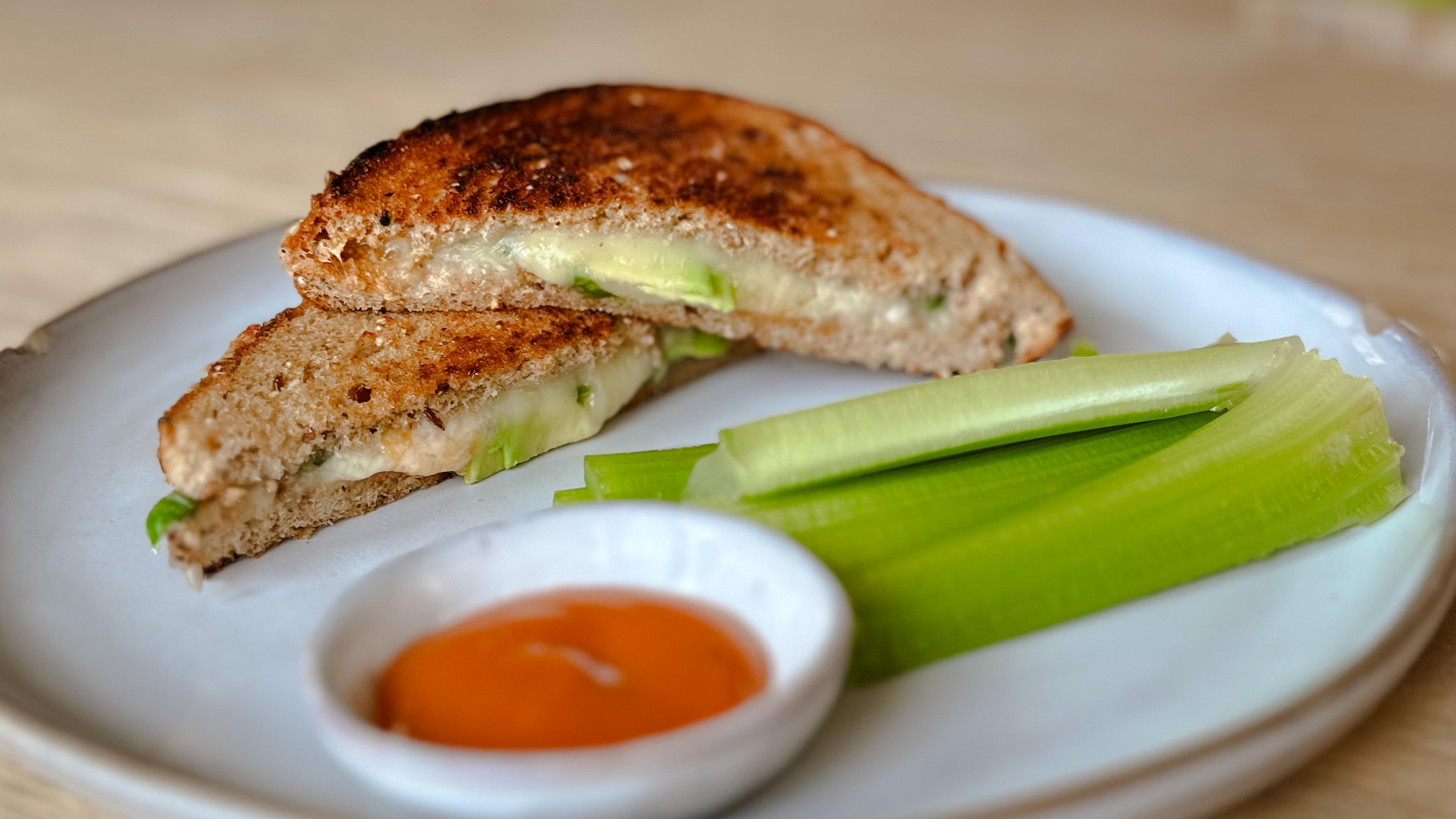A Guide to Eating Healthy at a Mexican Cantina, Plus Recipes

| 3 min read

- Black beans are loaded in fiber, protein, vitamins and minerals — but refried beans are often prepared with lard and bacon, driving up the saturated fat content and calories.
- Hard tacos are fried, making soft tacos a healthier option.
- Nachos, chimichangas, chalupas, taquitos, chile relleno are most likely deep-fried.
- Make salsa the star of the show — use salsa to dress up the meal rather than enjoying it only with chips. Salsa is rich in vitamin C, and guacamole is a great source of medium-chain triglycerides. Choose these fresh sauces and dips over cheese sauces and sour cream.
- Chicken fajitas — the vegetables are loaded in fiber, folate and vitamin B6, while the chicken is flavorful and a great source of protein.
- Black beans are a plant-based protein with iron and magnesium.
What’s the skinny on skinny margaritas?
- While margaritas can be tart and refreshing, simple syrup or a sweet-and-sour mix is responsible for the sugar overload in most margaritas. Opt for a margarita on the rocks with tequila, triple sec and lime juice, and ask for syrup on the side to control the sweetness.
- Since restaurant food already is likely high in sodium, opting for a no-salt rim might help skip the bloat the next day.
Traditional Mexican Salsa
Elote, or street corn
Serving Amount
Ingredients
3 large Roma tomatoes
1 serrano pepper, stem and seeds removed
3 cloves of garlic, pressed or minced
1⁄2 Juice from lime
1⁄4 teaspoon sea salt
2 tbsp red onion, chopped
2 tbsp cilantro leaves, stems removed and chopped
Instructions
Step 1
In a saucepan over high heat, char and blister tomatoes, chiles, garlic and onions until all sides are evenly charred and skins split on the tomato.
Step 2
In a mortar with pestle or molcajete, grind garlic and salt into a paste. With the pestle placed at the end of the chile, press down firmly and run the pestle across it to press out the interior of the chile. Discard the chile skin.
Step 3
Grind the chile into the garlic/salt paste.
Step 4
Chop the tomatoes, leaving the skins on. Add the chopped tomatoes, onions, cilantro and lime juice to the bowl. Using the mortar and pestle or molcajete, press and crush mixture until desired texture. Add more salt to taste.
Serving Amount
Ingredients
4 cobs of corn
1⁄4 cup light mayonnaise*
1⁄2 cup queso fresco or cotija cheese, crumbled
1 lime, cut into 4 wedges
Spray olive oil
Tajin to taste (or powdered chile)
1⁄4 cup light mayonnaise*
1⁄2 cup queso fresco or cotija cheese, crumbled
1 lime, cut into 4 wedges
Spray olive oil
Tajin to taste (or powdered chile)
Instructions
Serving Amount
Ingredients
3 large Roma tomatoes
1 serrano pepper, stem and seeds removed
3 cloves of garlic, pressed or minced
Juice from 1/2 lime
1⁄4 teaspoon sea salt
2 tbsp red onion, chopped
2 tbsp cilantro leaves, stems removed and chopped
Instructions
Step 1
In a saucepan over high heat, char and blister tomatoes, chiles, garlic and onions until all sides are evenly charred and skins split on the tomato.
Step 2
In a mortar with pestle or molcajete, grind garlic and salt into a paste. With the pestle placed at the end of the chile, press down firmly and run the pestle across it to press out the interior of the chile. Discard the chile skin.
Step 3
Grind the chile into the garlic/salt paste.
Step 4
Chop the tomatoes, leaving the skins on. Add the chopped tomatoes, onions, cilantro and lime juice to the bowl. Using the mortar and pestle or molcajete, press and crush mixture until desired texture. Add more salt to taste.





